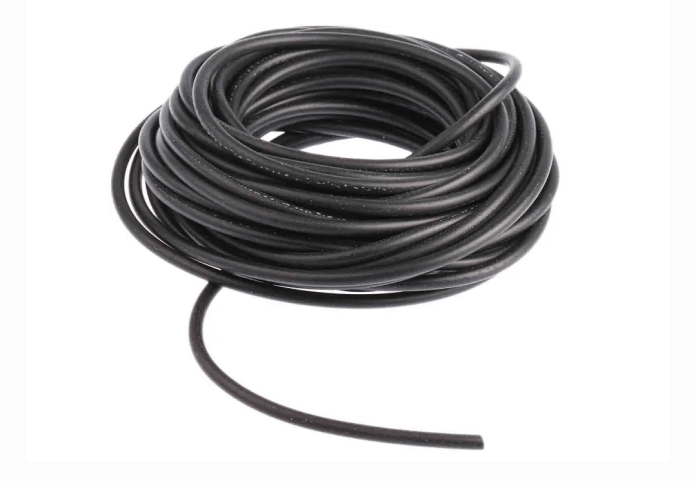Decay Rates Of Rubber Seals
Decay Rates Of Rubber Seals – Rubber and synthetic rubber seals are a key component of many security applications – not only those in external applications, but internal environments prone to extremes of temperature and dust.
In external applications component failure can often be sheeted home directly to seal (and seal adhesive) degradation and failure, allowing ingress of water, contaminants, or the loss of lubricant required by mechanisms.
As the front line of defence between delicate security equipment and a corrosive environment, seal choice needs careful consideration and failure rates should be noted and replacements incorporated into maintenance schedules.
While natural rubber is a stable substance, being a polymer, its molecular chains can be degraded by ultraviolet radiation, extreme temperatures, oxidation, chemicals, ozone and more. It’s performance in securioty applications is fair to poor externally.
Synthetic rubber made from styrene, butadiene, isoprene, choloroprene and isobutylene is more heat resistant than natural rubber and may include colouration as well as heat stabilisers.
Seals made from Nitrile (Buna-N) rubber is a solid choice for elastomeric material for gaskets and seals needed to resist acids, alkalis, gasoline, hydraulic fluids, and petroleum-based compounds. It’s also more resistant to abrasion, thermal extremes and weather than neoprene. Meanwhile, Butyl rubber, or isobutylene isoprene, is impermeable to gas, which may make it ideal in industrial environments.
When you’re having to deal with extremes of UV, silicone/EPDM may be the best choice. It’s constructed of alternative silicon and oxygen atoms bonded into polymers, which creates a largely inert substrate with the properties of plastic and rubber. It’s highly resistant to oxygen, ozone, UV, can handle thermal extremes from -60C to 260C, though it can require specialised adhesives to ensure it won’t break away.
When it comes to silicones, quality varies based on purification processes during manufacture, so you’ll need to select the variant and the manufacturer that performs best in your applications.
#SEN #SENnews #security #electronics








